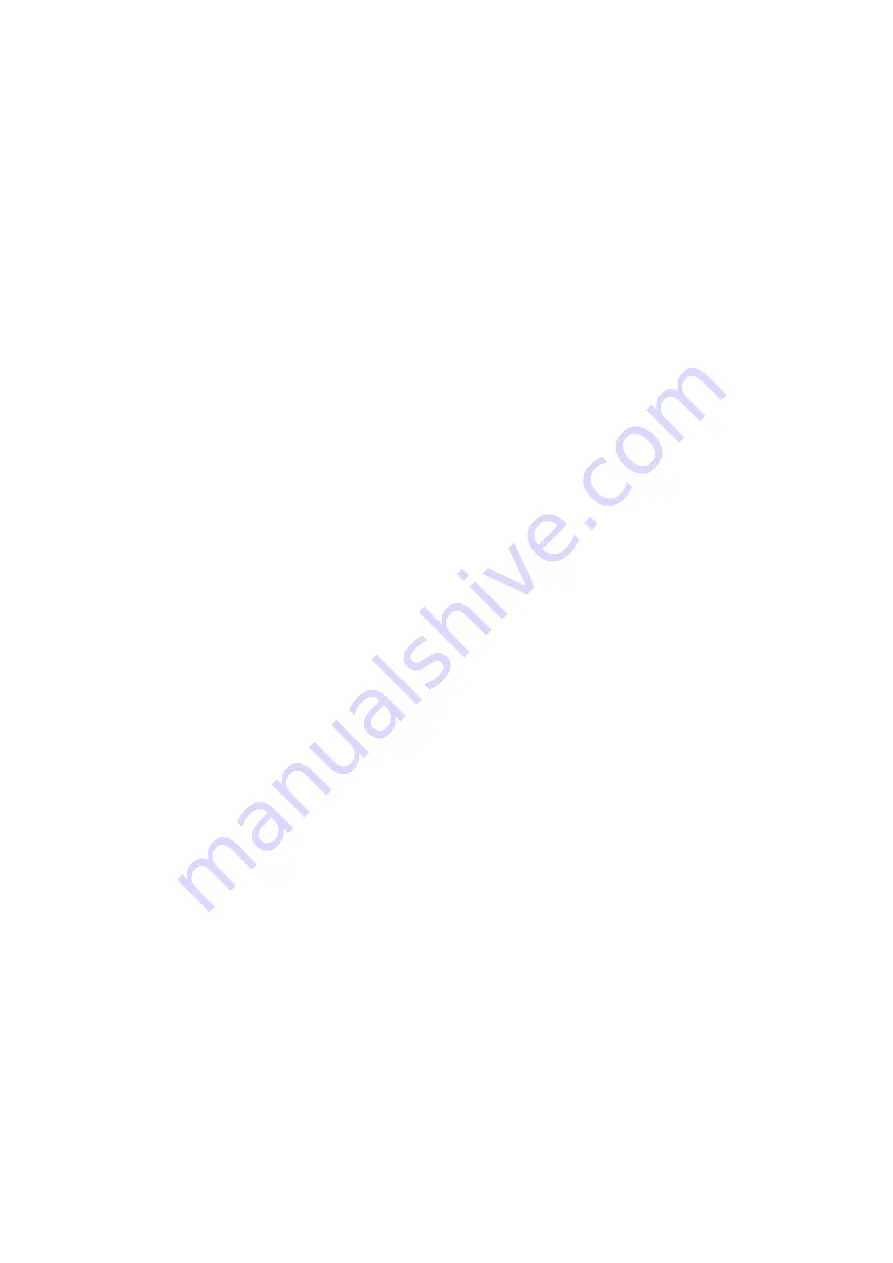
5-54 Image Optimization
Rotation
Roll the trackball to view sectional images as necessary. Rotate <M>, <PW>, <C> to
perform axial rotation or rotate the <4D> knob to adjust the nearest VOI section (cut
plane) position.
Comments and Body Marks
Same as in other modes.
5.10.5 4D
4D provides continuous, high-volume acquisition of 3D images. During scanning, the
probe performs the scanning automatically.
4D image acquisition operations are similar to those of Static 3D. The only difference is
that in static 3D mode, only a single frame 3D image is captured, while in 4D mode,
continuous, high-volume acquisition of 3D images is provided.
4D imaging is an option.
5.10.5.1 Basic Procedures for 4D Imaging
1. Select the appropriate 4D-compatible probe and exam mode. Make sure there is
sufficient gel on the probe for scanning.
2. Obtain a 2D image as described in the Static 3D imaging procedure.
3. Press <4D> to enter 4D imaging preparation status. Define the ROI as well as the
curved VOI. For details, see “5.10.3.1 Basic Procedures for Static 3D Imaging.”
4. Select a render mode, and set parameters.
5. Press <Update> on the control panel to enter the 4D image real-time display status.
6. Press <Freeze> on the control panel to freeze the image. Perform image cutting,
rotation, annotation and image saving if necessary. For detailed operations, see
“5.10.3.3 Static 3D Image Viewing.”
7. Exit 4D.
Press <Update> to return to 4D image acquisition preparation,
or, press <B> or the <4D> key to enter B mode.
5.10.5.2 4D
Acquisition
Preparation
The parameters are the same as those for Static 3D. For details, see “5.10.3.2 Static 3D
Acquisition Preparation.”
5.10.5.3 4D Real-time Display
In 4D real-time display status, operations are similar to those in Static 3D. For details, see
the corresponding section in Static 3D.
4D Real-time Editing
You can remove unnecessary information from the VR in real-time scanning by using a
line tool.
1. In 4D real-time imaging, tap [Edit] on the touch screen to enter the status.
2. Select the starting point in the VR and press <Set>.
3. Rotate the trackball to adjust the orientation, and press <Set> again to define the
cutting boundary.
4. Move the cursor to the region you want to remove and press <Set> to remove it.
Tap [Undo] or [Undo All] to restore the operations.






























